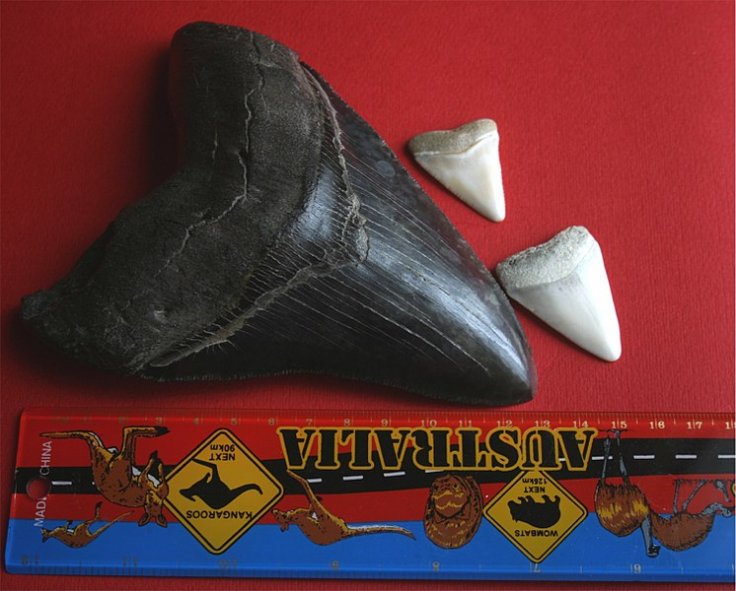
Scientists have discovered a Jurassic era shark that they claim to be the ancestor of Megalodon, an extinct shark species that lived on earth about 2.3 million years ago. The discovery proves the existence of a huge shark with teeth growing up to the size of hands.
Since the last 50 years, paleontologists have been collecting fossilized shark teeth and remains in Alabama. The present collection can be used to reconstruct the ancient species. Researchers from the University of Alabama and the McWane Science Center in Alabama have termed the new species Cretalamna bryanti, or the Bryant shark. The shark has been named after football player and University of Alabama's football coach Paul "Bear" Bryant.
33 teeth belonging to the shark were found between 1980 and 2011 in the Black Belt region of Alabama. This zone is a 240-mile region and dates back to the Upper Cretaceous period and stretched from 100.5 to 66 million years ago. This proves that the Bryant shark which lived about 83 million years ago gave birth to other ancient shark species, including the gigantic megalodon.
Since it is difficult to find shark fossils that represent anything other than the teeth, modern sharks are the only hope for scientists to get clues about their ancestors.
According to the paleontologists, the Bryant shark was a member of the group "mega-tooth" sharks. The sharks went extinct along with the non-bird dinosaurs 66 million years ago. Further analysis by the team revealed that the recently discovered tooth of the Bryant shark is only an inch longer than the teeth of megalodon. This further assures the fact that its body was about 15 feet long.

Megalodon or the monster shark existed from the Early Miocene to the end of the Pliocene period. Studies on this species of shark show that it had a vast impact on the marine community and furthermore, it targeted large preys such as whales, seals and giant sea turtles. With the advent of the ice age and lowering of the sea levels, megalodon became extinct. The disappearance of the giant shark species affected the family of baleen whales. Their size increased considerably and they moved to the polar regions.
Study co-author Jun Ebersole, director of collections at McWane Science Center, told LiveScience that the Bryant sharks are ancestors of megalodon and had the ability to grow to enormous sizes. The study further proves that the giant creatures swam in the saltwater seas, located in present-day Alabama, which also sheltered the megalodon sharks.
The study has been published in the journal PeerJ.









